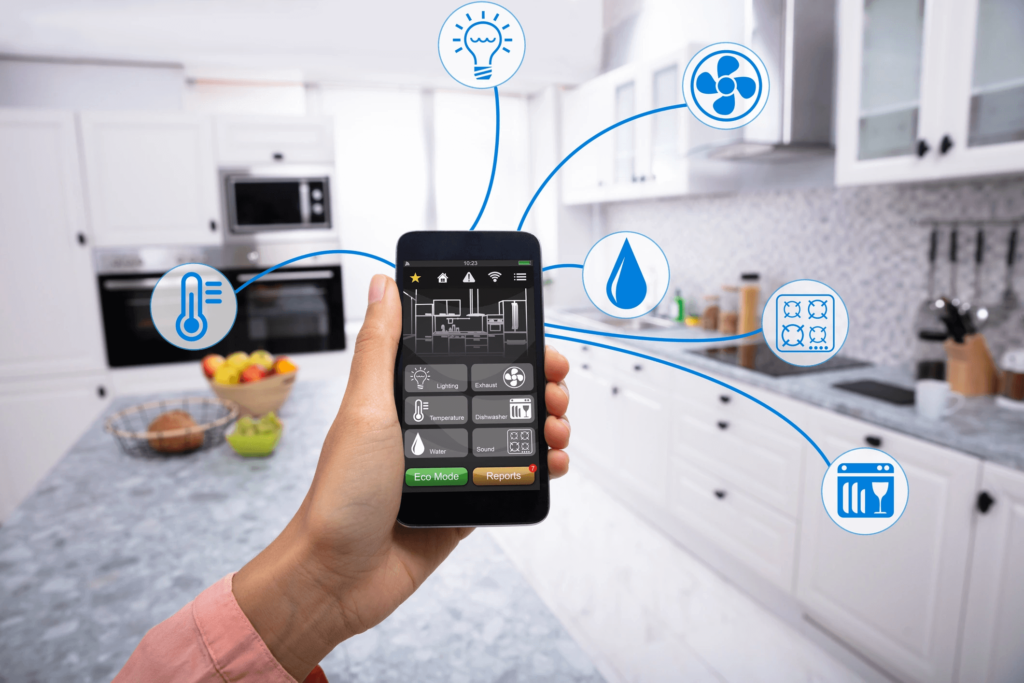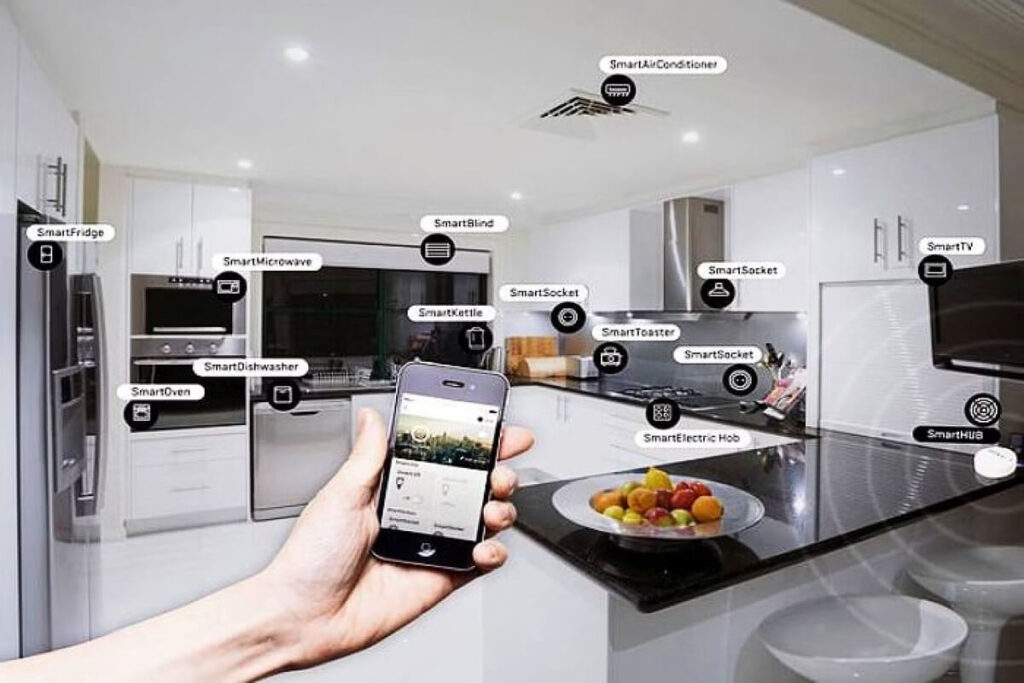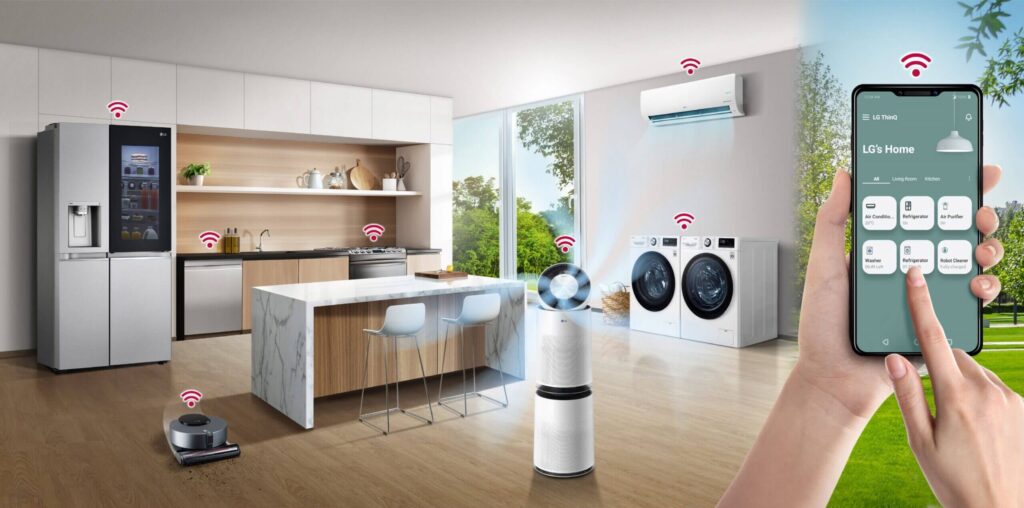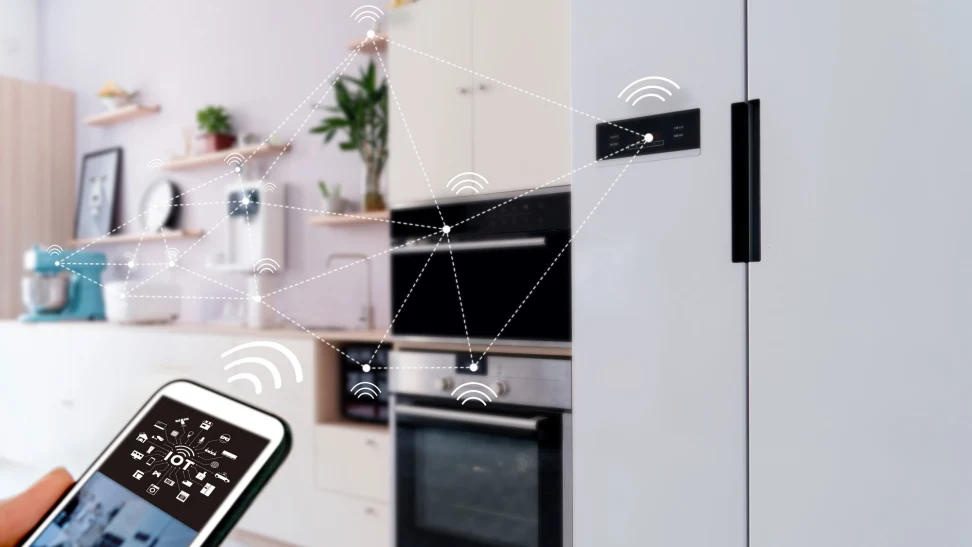
In the ever-evolving landscape of modern living, smart home appliances have carved out their own special place. From refrigerators that can make grocery lists to washing machines that text you when they’re done, these appliances offer unprecedented convenience. However, just like any piece of technology, they are not immune to the occasional hiccup. In this extensive guide, we’re going to explore the world of troubleshooting and repairing your smart home appliances, making sure they stay as smart as the day you brought them home. So, if you’re ready to dive into the depths of smart appliance maintenance, let’s roll up our sleeves and get started.
Understanding the Anatomy of Smart Home Appliances
Before we jump into the nitty-gritty of troubleshooting and repairing smart appliances, it’s essential to have a fundamental understanding of how they work. Unlike traditional appliances, smart ones come with an added layer of complexity, thanks to their connectivity and integrated technology. Here’s a quick breakdown of the key components:
- Sensors: Smart appliances are equipped with an array of sensors. These sensors can detect various environmental factors like temperature, humidity, motion, and more. For example, a smart thermostat uses temperature sensors to regulate the climate in your home efficiently. If these sensors malfunction, it can lead to issues such as inaccurate readings or improper functioning.
- Connectivity: The ability to connect to Wi-Fi or other smart devices is a hallmark feature of these appliances. They rely on these connections to communicate with your smartphone, other appliances, or even cloud-based services. Connectivity issues, like weak Wi-Fi signals or interference, can result in disruptions in their functioning.
- Software and Firmware: Smart appliances operate on software and firmware, just like your smartphone or computer. These programs allow the appliances to perform specific functions and receive updates. Software glitches and bugs can cause disruptions, resulting in erratic behavior or system crashes.
- Electronics and Circuitry: The brains of smart appliances lie in their electronics and circuitry. These components process data from sensors, execute commands from the software, and manage connectivity. Power surges or electrical issues can damage these components, leading to malfunctioning appliances.
Now that we have a grasp of the core elements that make smart appliances tick, let’s move on to the troubleshooting phase.
Troubleshooting Common Smart Home Appliance Issues

The Chilly Dilemma: Smart Refrigerator Isn’t Keeping Things Cool
Issue: You open your smart fridge, only to find that your ice cream is starting to resemble a milkshake, and your lettuce has taken on a wilted, sad look. What’s going on?
Solution:
- Check the Basics First:
- Ensure the power cord is plugged in securely. Sometimes, it’s the simple things that matter.
- Double-check if the temperature settings are correct. It might have accidentally been adjusted.
- Clean the Condenser Coils:
- Over time, dust and dirt can accumulate on the condenser coils, making your fridge work harder to maintain the desired temperature. Refer to the user manual for specific instructions on how to clean them.
- Inspect the Sensors:
- If you suspect a sensor issue, look for any damaged or disconnected wires leading to the sensors. Make sure the sensors themselves are clean and unobstructed.
- Professional Help:
- If you’ve tried everything and the issue persists, it might be time to call in a professional technician who specializes in smart appliances. They can diagnose and resolve more complex problems.
The Unresponsive Companion: Smart Assistant Malfunction
Issue: Your trusty voice-activated assistant—be it “Hey Google,” “Alexa,” or any other—is suddenly deaf to your commands. It’s as if your digital friend has decided to take a vow of silence. What gives?
Solution:
- Check Your Wi-Fi Connection:
- A weak Wi-Fi signal can make your smart assistant unresponsive. Ensure that your Wi-Fi is up and running, and there are no network issues.
- Reboot Your Router and Assistant:
- Sometimes, a simple reboot can solve connectivity issues. Unplug your router and smart assistant, wait a minute, and then plug them back in.
- Mic Check:
- Ensure that the microphone on your smart assistant isn’t muted or covered by any objects. Dust or debris could be blocking the microphone.
- Software Updates:
- If all else fails, check if there are software updates available for your smart assistant. Outdated software can sometimes cause problems. Update your assistant and see if it resolves the issue.
The Stubborn Sentry: Smart Lock Woes
Issue: Your smart lock has become a digital rebel. It refuses to lock or unlock when you want it to, and you’re starting to miss your old-fashioned keys.
Solution:
- Connectivity Check:
- Ensure that your smart lock has a stable internet connection. Some locks rely on Wi-Fi or Bluetooth for remote control, so a poor connection can lead to unresponsiveness.
- Low Battery Alert:
- Check the batteries in your smart lock. Some models are power-hungry, and low batteries can lead to erratic behavior. Replace the batteries with fresh ones if needed.
- Reconfiguration:
- If the issue persists, follow the manufacturer’s instructions to reconfigure your smart lock. Sometimes, reconfiguring the lock can resolve glitches in the system.
- Locksmith Assistance:
- If all else fails, and you’re not comfortable with further troubleshooting, consider calling a locksmith who specializes in smart locks. They can diagnose and resolve more complex issues.
The Baking Battle: Smart Oven Temperature Troubles
Issue: Your smart oven is playing a never-ending game of hide and seek with the temperature. Baking cookies has become a gamble you’re not willing to take.
Solution:
- Power Check:
- First and foremost, confirm that the oven is receiving power. If it’s not, check your circuit breaker to see if the oven’s circuit has tripped.
- Calibrate the Oven:
- Ovens often have a temperature calibration feature. Consult your user manual to learn how to adjust the temperature settings if they are inaccurate.
- Sensor Inspection:
- If you’re still seeing temperature fluctuations, it could be due to a faulty sensor or heating element. Contact the manufacturer’s customer support or a professional technician for a thorough diagnosis and repair.
Repairing Your Smart Appliances

While troubleshooting can often resolve minor issues, there are times when you need to roll up your sleeves and get hands-on with some repairs. However, keep in mind that attempting repairs yourself could void your warranty, so proceed with caution.
Replacing a Faulty Sensor
Issue: After troubleshooting, you’ve determined that a malfunctioning sensor is the root cause of the problem with your appliance.
Solution:
- Safety First:
- Unplug the appliance and ensure it’s disconnected from the network to prevent any electrical hazards.
- Identify the Faulty Sensor:
- The user manual or manufacturer’s instructions can help you locate the specific sensor causing the problem.
- Order a Replacement Sensor:
- Contact the manufacturer or an authorized dealer to order a replacement sensor. Ensure that you get the right model that matches your appliance.
- Installation:
- Carefully follow the manufacturer’s instructions for sensor replacement. It typically involves removing the old sensor and attaching the new one in its place.
Fixing a Software Glitch
Issue: After troubleshooting, you’ve identified that a software glitch is the source of your appliance’s troubles.
Solution:
- Check for Updates:
- Look for software updates or firmware upgrades provided by the manufacturer. These updates often include bug fixes and enhancements.
- Download and Install Updates:
- Follow the instructions provided by the manufacturer to download and install any available updates. Make sure your appliance is connected to the internet during this process.
- Factory Reset:
- If the problem persists, consider performing a factory reset on your smart appliance. Be cautious with this option, as it will erase all settings and data on your appliance. Follow the manufacturer’s guidelines for a safe reset.
Replacing a Damaged Power Cord
Issue: Your appliance isn’t getting any power, and you suspect a damaged power cord is the culprit.
Solution:
- Safety First:
- As always, unplug the appliance and disconnect it from the network to prevent electrical accidents.
- Inspect the Power Cord:
- Examine the power cord for any visible signs of damage, such as fraying or exposed wires.
- Order a Replacement Cord:
- Contact the manufacturer or an authorized dealer to order a new power cord that is compatible with your appliance.
- Installation:
- Follow the manufacturer’s instructions for replacing the power cord, ensuring that it’s properly connected and secured.
Preventing Smart Appliance Mishaps in the Future
Prevention is often the best cure. To keep your smart appliances in top shape and minimize future issues, consider these proactive measures:
- Regular Firmware and Software Updates: Make it a habit to check for and install software updates and firmware upgrades for your smart appliances. These updates often address known issues and vulnerabilities.
- Surge Protectors: Invest in surge protectors to shield your smart appliances from electrical surges, especially during thunderstorms or power outages. These devices can prevent costly damage to the electronics within your appliances.
- Regular Cleaning: Keep your smart appliances clean, both inside and out. Dust and debris can accumulate on sensors, affecting their accuracy. Follow the manufacturer’s guidelines for cleaning and maintenance.
- High-Quality Wi-Fi Routers: Invest in a high-quality Wi-Fi router to ensure a stable and strong internet connection. A reliable connection is crucial for the seamless operation of your smart appliances.
Final Words
Smart home appliances have undoubtedly made our lives more convenient and efficient. However, when they act up, it can be frustrating. With the comprehensive troubleshooting and repair tips provided in this guide, you can conquer most issues and enjoy the convenience of your smart appliances once more.
Remember, if you’re ever unsure about any repair or troubleshooting step, or if you face a more complex issue, don’t hesitate to contact the manufacturer’s customer support or a professional technician. Your smart appliances deserve some tender loving care, and with a little effort, you can keep them running smoothly and efficiently. Happy troubleshooting and repairing, and may your smart home always be one step ahead!
Frequently Asked Questions (FAQs) – Troubleshooting and Repairing Smart Home Appliances
Here are some common questions about troubleshooting and repairing smart home appliances, along with detailed answers to help you navigate the world of smart technology.
1. Why should I troubleshoot and repair my smart home appliances myself?
Answer: Troubleshooting and repairing your smart home appliances yourself can save you time and money. Many common issues are easily fixable without the need for professional assistance. By gaining this knowledge, you can maintain your appliances and extend their lifespan.
2. What safety precautions should I take when troubleshooting and repairing smart appliances?
Answer: Safety is paramount. Always unplug the appliance and disconnect it from the network before beginning any troubleshooting or repair. If you are unsure about any step, consult the manufacturer’s instructions or seek professional help to avoid accidents.
3. How often should I update the software and firmware of my smart appliances?
Answer: Check for software and firmware updates periodically. Manufacturers release updates to fix bugs, enhance security, and improve functionality. It’s a good practice to update your smart appliances as soon as updates are available.
4. Can I use third-party parts for repairs on my smart appliances?
Answer: It’s generally advisable to use manufacturer-approved parts and components for repairs. Third-party parts may not be compatible or could void your appliance’s warranty. Always consult your appliance’s user manual or the manufacturer’s guidelines for specific recommendations.
5. My smart appliance is still under warranty. Can I troubleshoot or repair it myself without voiding the warranty?
Answer: While some minor troubleshooting and maintenance are acceptable, extensive repairs may void the warranty. To be safe, always check your warranty terms and contact the manufacturer for guidance before attempting significant repairs.
6. What should I do if my smart appliance is experiencing connectivity issues?
Answer: If your smart appliance is having trouble connecting to Wi-Fi or other devices, check your network’s stability and connectivity. Ensure the appliance is within the range of your Wi-Fi signal. If problems persist, consult the manufacturer’s support or your internet service provider.
7. Can I replace sensors in my smart appliances on my own?
Answer: Replacing sensors can be complex and may require specific tools and expertise. It’s generally recommended to seek professional assistance when dealing with sensor replacement, especially if you’re not experienced in appliance repair.
8. What’s the best way to prevent electrical surges from damaging my smart appliances?
Answer: Invest in surge protectors and use them for your smart appliances. These devices help safeguard your appliances from electrical surges caused by power outages, lightning strikes, or other electrical disturbances.
9. Is it possible to restore my smart appliance’s factory settings without professional help?
Answer: Yes, you can often perform a factory reset on your smart appliance to restore it to its default settings. However, be cautious, as this process erases all your settings and data. Always refer to the manufacturer’s guidelines for safe and proper factory reset instructions.
10. What do I do if my smart appliance’s issue isn’t resolved after troubleshooting?
Answer: If your smart appliance continues to malfunction after troubleshooting, and the issue is beyond your expertise, it’s best to contact the manufacturer’s customer support or a professional technician. They can diagnose and repair more complex problems effectively.
